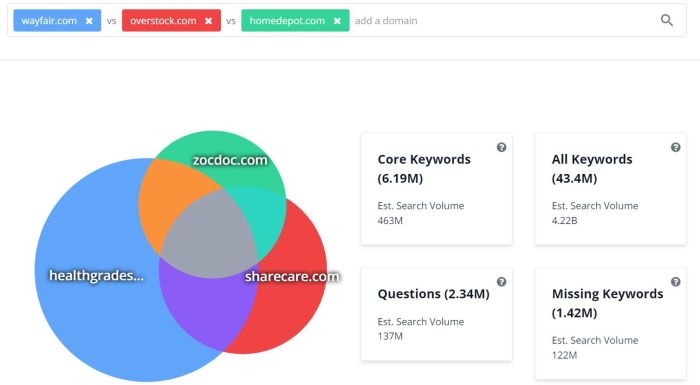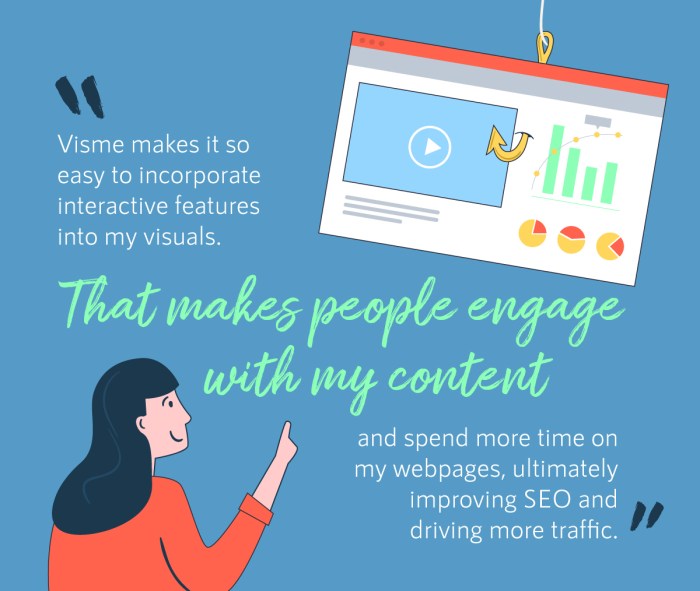Creating Comparison Content introduces a fresh perspective on engaging content creation, highlighting the importance of captivating narratives and informative comparisons. Dive into the world of comparison content with examples and strategies that will elevate your content game.
Introduction to Comparison Content: Creating Comparison Content
Comparison content is a valuable resource for readers looking to make informed decisions between multiple options. It involves analyzing and contrasting different products, services, or solutions to help users choose the best fit for their needs.
Popular platforms like Consumer Reports, Wirecutter, and CNET regularly publish comparison content to assist consumers in making smart purchasing choices. These websites conduct thorough evaluations, side-by-side comparisons, and detailed reviews to highlight the pros and cons of various products in the market.
Benefits of Creating Comparison Content
Creating comparison content offers several advantages for businesses and content creators:
- Provides valuable information: Comparison content educates consumers about the features, prices, and performance of different options, helping them make informed decisions.
- Builds trust and credibility: By offering unbiased comparisons, businesses can establish themselves as reliable sources of information, earning the trust of their audience.
- Drives traffic and engagement: Comparison content is popular among readers seeking recommendations, leading to increased website traffic and engagement.
- Boosts conversions: Clear and detailed comparisons can help users move through the decision-making process faster, leading to higher conversion rates for businesses.
Types of Comparison Content

When creating comparison content, it’s important to consider the different formats that can be used to effectively showcase the differences between products or services. Here are some common types of comparison content formats:
Lists:
Lists are a straightforward way to compare multiple items side by side. They are easy to read and allow for quick comparisons. For example, a list can be used to compare the features of different smartphones in the tech industry.
Tables:
Tables are great for organizing large amounts of data in a structured format. They provide a clear visual representation of the information being compared. An example of using tables is comparing the prices of various laptops in the electronics industry.
Charts:
Charts are useful for showcasing data trends and visualizing comparisons. They are effective for highlighting differences in a more engaging way. In the financial industry, charts can be used to compare the performance of different investment options.
Narratives:
Narratives provide a more detailed and storytelling approach to comparison content. They are ideal for showcasing the unique aspects and nuances of products or services. For instance, in the fashion industry, narratives can be used to compare the design inspirations behind different clothing brands.Each type of comparison content format has its own strengths and is best suited for different industries and products.
Lists are great for quick comparisons, tables for detailed data comparison, charts for visual representations, and narratives for in-depth analysis and storytelling. Choosing the right format depends on the nature of the products or services being compared and the key points that need to be highlighted.
Strategies for Creating Effective Comparison Content
When it comes to creating effective comparison content, it’s crucial to follow a structured approach to ensure that your audience can easily digest the information presented. By strategically researching, organizing, and presenting your data, you can create compelling and informative content that resonates with your readers.
Researching and Gathering Data for Comparison Content
To start creating comparison content, the first step is conducting thorough research to gather relevant data. Utilize reliable sources such as academic journals, reputable websites, and expert opinions to ensure the accuracy and credibility of your information. Take notes, compile statistics, and collect data points that will support your comparisons.Once you have gathered all the necessary information, organize your data in a systematic manner.
Create a clear framework for your comparison content, outlining the key points you want to address and the parameters you will use to evaluate each item. This structured approach will help you stay focused and ensure that your content is well-organized and easy to follow.
Structuring Comparison Content for Clarity
When structuring your comparison content, it’s important to present the information in a logical and easy-to-follow format. Consider using tables, charts, or bullet points to highlight key differences or similarities between the items being compared. Break down your content into distinct sections, with clear headings and subheadings to guide your readers through the comparison process.Additionally, provide context for your comparisons by explaining the significance of the data and how it relates to the overall topic.
By structuring your content in a clear and concise manner, you can ensure that your audience can easily understand the information presented and draw meaningful conclusions from your comparisons.
Presenting Unbiased and Accurate Information
To create effective comparison content, it’s essential to present unbiased and accurate information to your audience. Avoiding bias means objectively presenting both sides of the comparison, highlighting strengths and weaknesses without skewing the data in favor of one option over another.When presenting your information, cite your sources and provide evidence to support your claims. Fact-checking and verifying the accuracy of your data are crucial steps in ensuring that your comparison content is reliable and trustworthy.
By presenting unbiased and accurate information, you can establish credibility with your audience and build trust in your content.
Tools and Resources for Creating Comparison Content

Creating visually appealing comparison content requires the use of specific tools and resources that can enhance the quality of the content and make it more engaging for the audience. Here are some recommended tools and resources to help you create effective comparison content:
Software Tools for Visual Comparison Content
- Canva: Canva is a user-friendly graphic design platform that offers a wide range of templates and design elements to create visually appealing graphics for your comparison content. You can easily drag and drop elements to customize your designs.
- Piktochart: Piktochart is another online tool that allows you to create infographics, presentations, and posters. It offers customizable templates and icons to help you visualize data in a creative way.
- Visme: Visme is a versatile design tool that lets you create engaging presentations, infographics, and other visual content. It provides a library of templates, shapes, and icons to design professional-looking comparison content.
Using Tools Effectively
When using these tools, make sure to choose a template that fits your content and customize it with relevant data and visuals. Use contrasting colors, clear fonts, and concise text to make your comparison content easy to read and understand.
Resources for Reliable Data
- Data.gov: Data.gov is a government website that provides access to a vast amount of data from various federal agencies. You can find reliable and up-to-date information to support your comparison content.
- Pew Research Center: The Pew Research Center conducts public opinion polling, demographic research, and other data-driven studies. Their reports and datasets can be valuable resources for finding reliable data for your comparison content.
- Statista: Statista is a statistics portal that offers statistical data on a wide range of topics. You can access charts, graphs, and infographics to support your comparison content with accurate and credible data.







